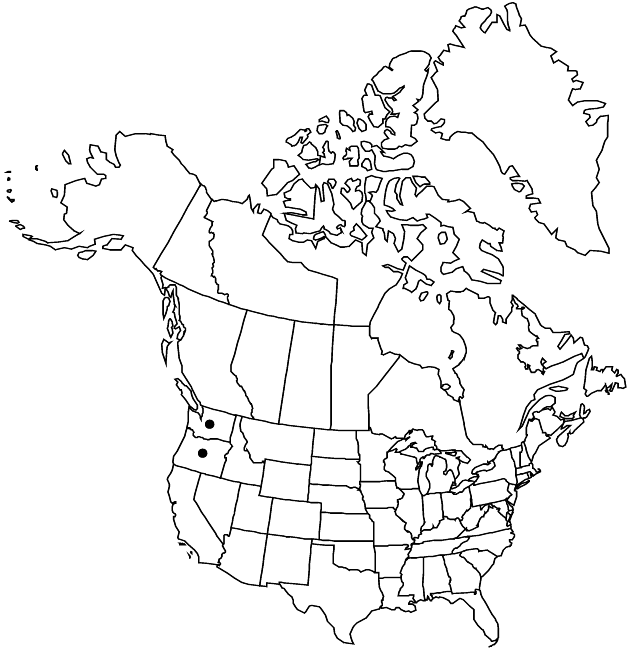Balsamorhiza rosea
Bot. Gaz. 56: 478. 1913.
Plants 6–10 (–30) cm. Basal leaves: blades gray-green, oblong to lanceovate, 3–10 (–20) × 2–5 cm (rarely pinnately lobed), bases weakly cordate or truncate, margins crenate to serrate, apices rounded to acute, faces finely strigose to moderately scabrous (usually glanddotted as well). Heads usually borne singly. Involucres hemispheric, 18–20 mm diam. Outer phyllaries deltate or ovate to lanceolate, 8–12 mm, not surpassing inner. Ray laminae (becoming brick-red, often drying to pink or rose, and chartaceous) (8–) 15 (–25) mm (hispidulous abaxially; cypselae strigose). 2n = 38.
Phenology: Flowering Apr–May.
Habitat: Dry hills
Elevation: 300–400 m
Discussion
In a hybrid swarm involving Balsamorhiza rosea and B. careyana, B. rosea remains relatively uncontaminated; the dominance among the hybrids appears to lie with B. careyana. A record of a hybrid between B. rosea and B. careyana from the Spokane area is doubtful.
Selected References
None.
Lower Taxa
"broader" is not a number.

